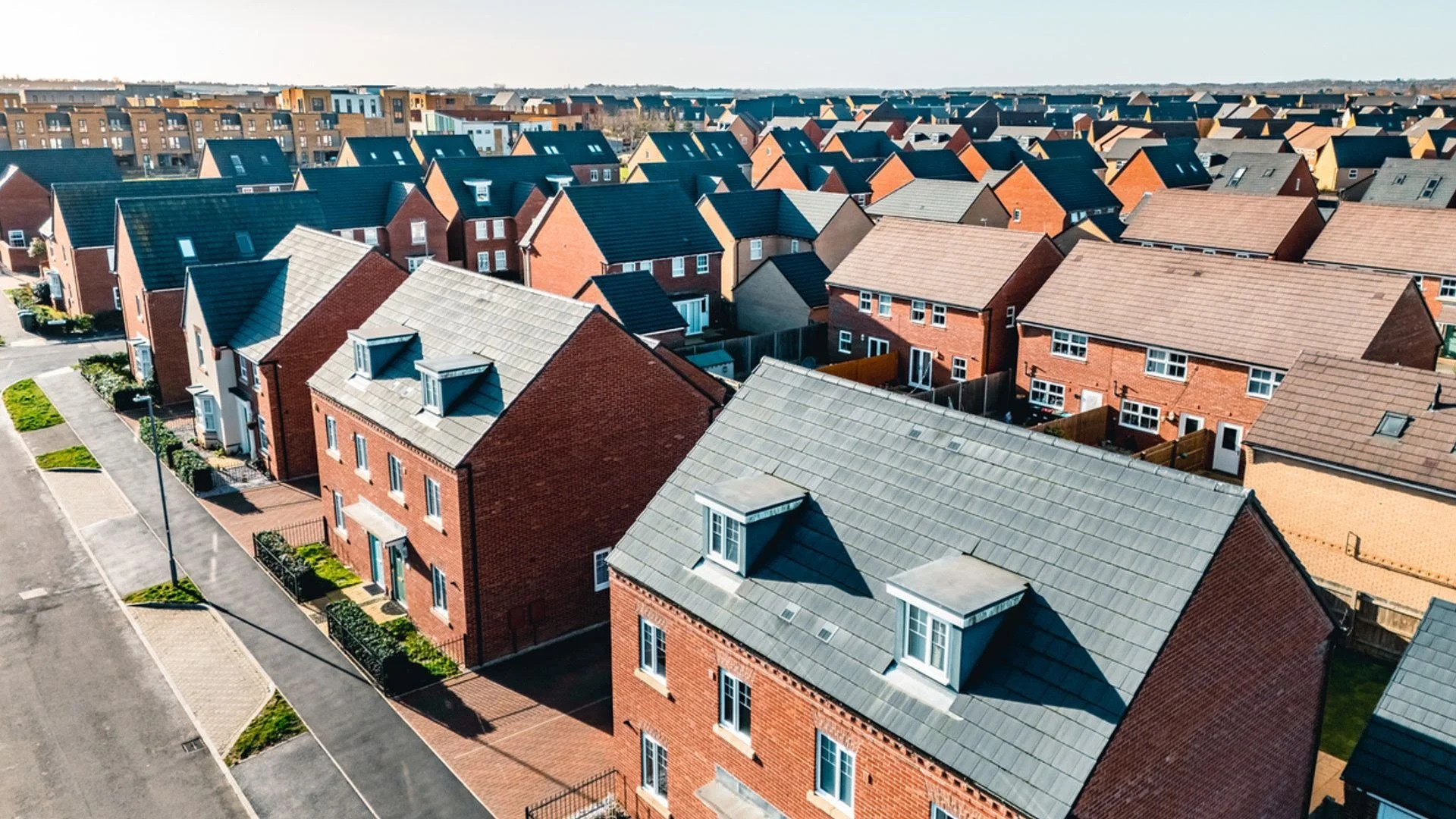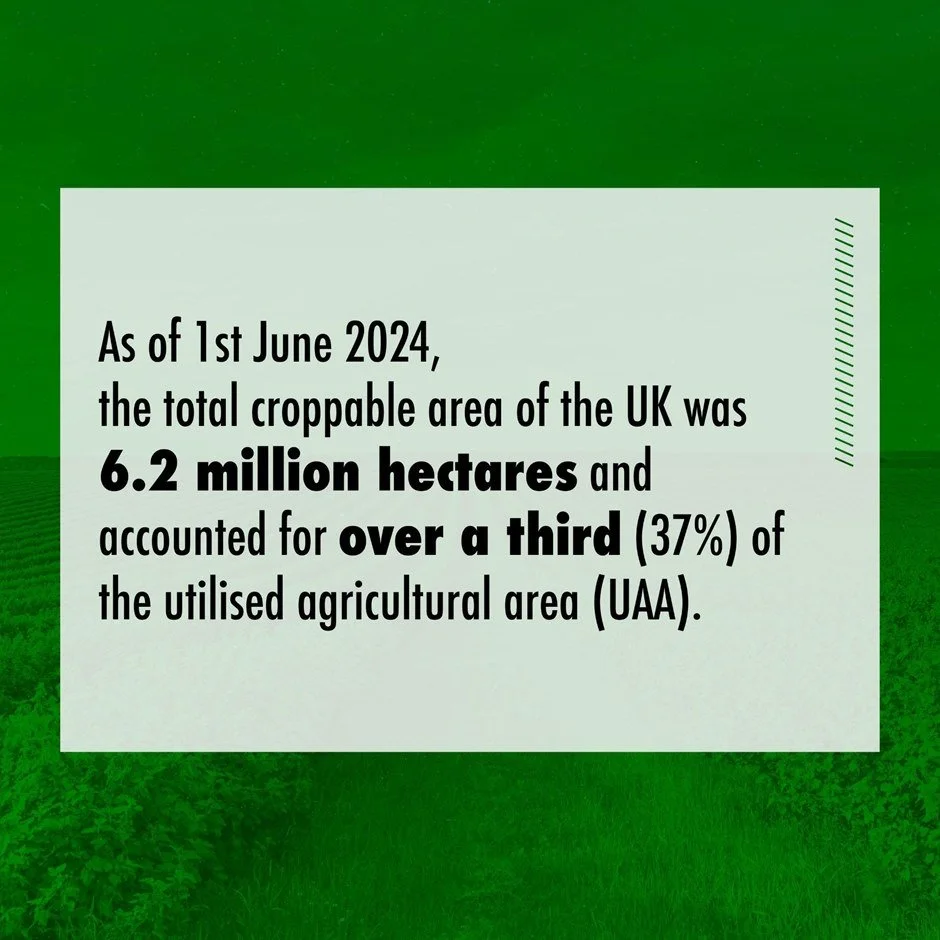Common Landscape Functions & What They Mean For Your Project
When starting on a new development project, it’s important to understand the land you will be working with. Different landscape functions have their own set of both benefits and challenges, which can significantly impact how well your project turns out. In this article from our landscape professionals, discover some key types of land usage, and how that can impact your building or development projects.
Understanding Land Usage
Simply explained, land use is how an area of land is used by people. In the UK, we use land for various purposes, from residential to recreational. The way land is used affects both the people living and working on it and the surrounding environment, making it essential to approach land use with responsibility and care.
Improper land use can have a range of negative consequences, both for humans and wildlife. For example, if land is being used in a way that can cause pollution, such as improper waste disposal, it can harm the people living there. Waste that has been incorrectly disposed of can contaminate water supplies for human and animal consumption, for example.
The Key Types of Landscape Functions
Land usage can vary greatly depending on the area, with each type serving a specific purpose that supports the community, the economy, or the environment. In some areas, there might even be more than one landscape function. Below, you can discover some of the key types, helping you to understand more about how land is commonly used.
Residential Land
In simple terms, residential land is land that is being used or will be used primarily for housing. Its main purpose is to provide living spaces, which can include various types of dwellings such as individual homes, flats, or housing estates.
Commercial Land
Used by businesses and retail companies, commercial land is incredibly important to our daily lives. Commercial land is space designated for companies, which can provide the population and other businesses with goods and services. Examples of commercial land can include retail parks, offices, restaurants, cafés, and other hospitality businesses.
Agricultural Land
Used for both farming and similar purposes, agricultural land is highly important to our population. From farmland to orchards, agricultural land can be responsible for providing key goods and food across the UK.
Industrial Land
Designated for manufacturing, warehousing and other industrial activities, industrial land is important. It can drive economic growth and job creation, while also facilitating commerce. Some examples of industrial land use include factories and distribution centres.
Transport and Infrastructure
Helping us to get places easily, infrastructure is another key type of land use. These areas are reserved for infrastructure, including roads, railways, train stations and airports. In addition to transport, land designated for infrastructure can also feature utilities like water facilities and communication towers.
Conservation
It’s important to care for both our history and our environment effectively, and areas designated for conservation are vital in doing so. These landscapes are typically designated for a specific cause, such as the protection of wildlife or historical sites. Nature reserves and historical landmarks, for example, are often examples of conserved land.
Floodplains
Some types of land present challenges for building. Floodplains are landscapes that have been identified as at risk of flooding, especially during times of heavy rainfall. These areas are naturally designed to absorb and channel excess water, preventing flood damage to the surrounding environment. If building development is carried out in the wrong place, it can disrupt the natural flow of water and increase the risk of damage.
Why Consider Landscape Function
Considering land use before you begin a project can be crucial for several reasons. It can help you ensure your building or development project is entirely compliant, for example, which in turn can help you avoid costly delays. Below, you can discover some reasons why considering landscape function is a must.
Suitability
Making sure the land you own or intend to purchase will be suitable for your project is a must. Land designated for residential use will likely have the needed supplies and infrastructure readily available for a residential building project, for example, which is unlikely to be present on agricultural land. Similarly, it’s important to consider whether the project will be compatible with the surrounding environment as a whole.
Legal Compliance
For some types of landscape function, there will be a set of specific regulations to work with. Planning permissions will often need to be sought out and obtained before a project begins, ensuring that the project will not result in legal issues and violations of local regulations.
Community and Social Impact
When beginning a project, it’s important to think about its impact on the local community. Different communities will have different needs, with many places facing a shortage of a specific need. For example, commercial developments can help to bring jobs to a local community that currently has few opportunities.
On the other hand, projects that do not align with local land use or meet community expectations will likely face objections. Being mindful of how the local landscape is used and understanding what it could benefit from will help to avoid conflicts.
Environmental Protection
As mentioned, there are specific types of land dedicated to preserving local habitats and wildlife. Uninformed development in these areas could lead to a loss of biodiversity and environmental damage, causing significant harm. To prevent your project from causing harm to the local environment, it’s best to consider first what the land you’re building on is used for and what the surrounding land is used for too.
Our Services at Lizard Landscape Design
If you’re concerned about how your building or construction project is going to impact its surroundings, let our team at Lizard Landscape Design help. As landscape professionals, we well understand the requirements of specific areas and how to reduce harm.
Our landscape planners can help you ensure your development project is simultaneously environmentally responsible and visually appealing. Once your project is complete, we can also offer ongoing landscape management plans, ensuring your landscape continues to benefit the local environment.
If you’re interested in our landscape design services and ecology, please visit our website to learn more. Here, you will find everything you need to know about our work at Lizard Landscape Design. Alternatively, get in touch with us directly for further information and support.


